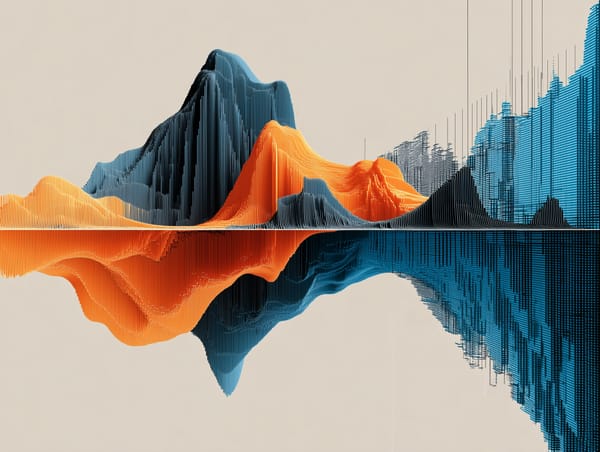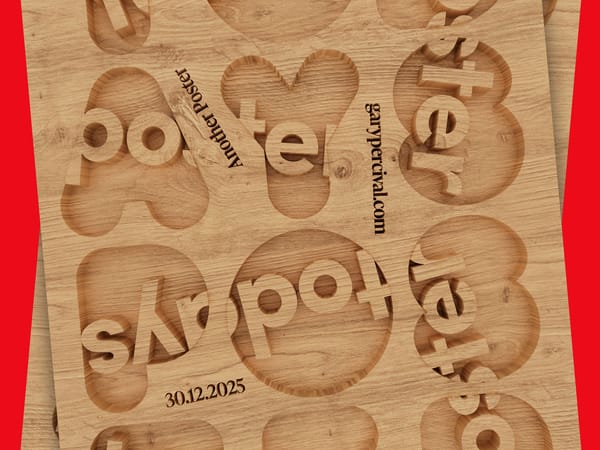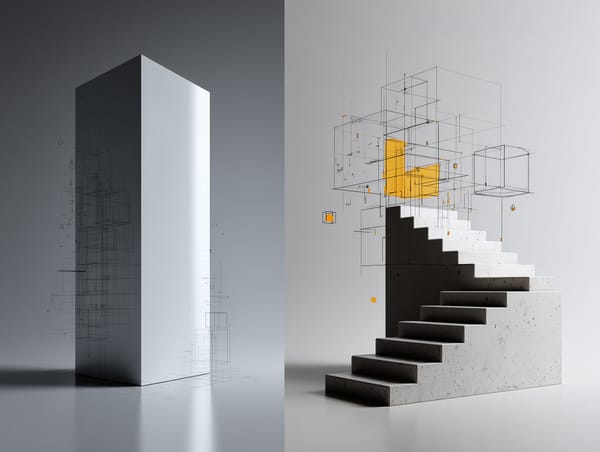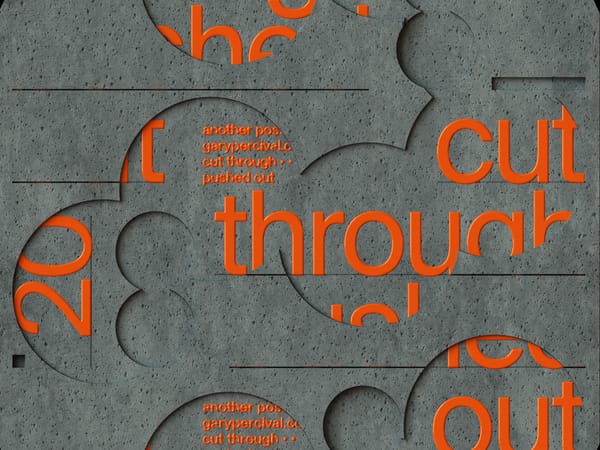Breaking Old Patterns: Why Transforming Your Environment Transforms You
“When you transform your environment, you’re not just changing your surroundings—you’re changing yourself.”
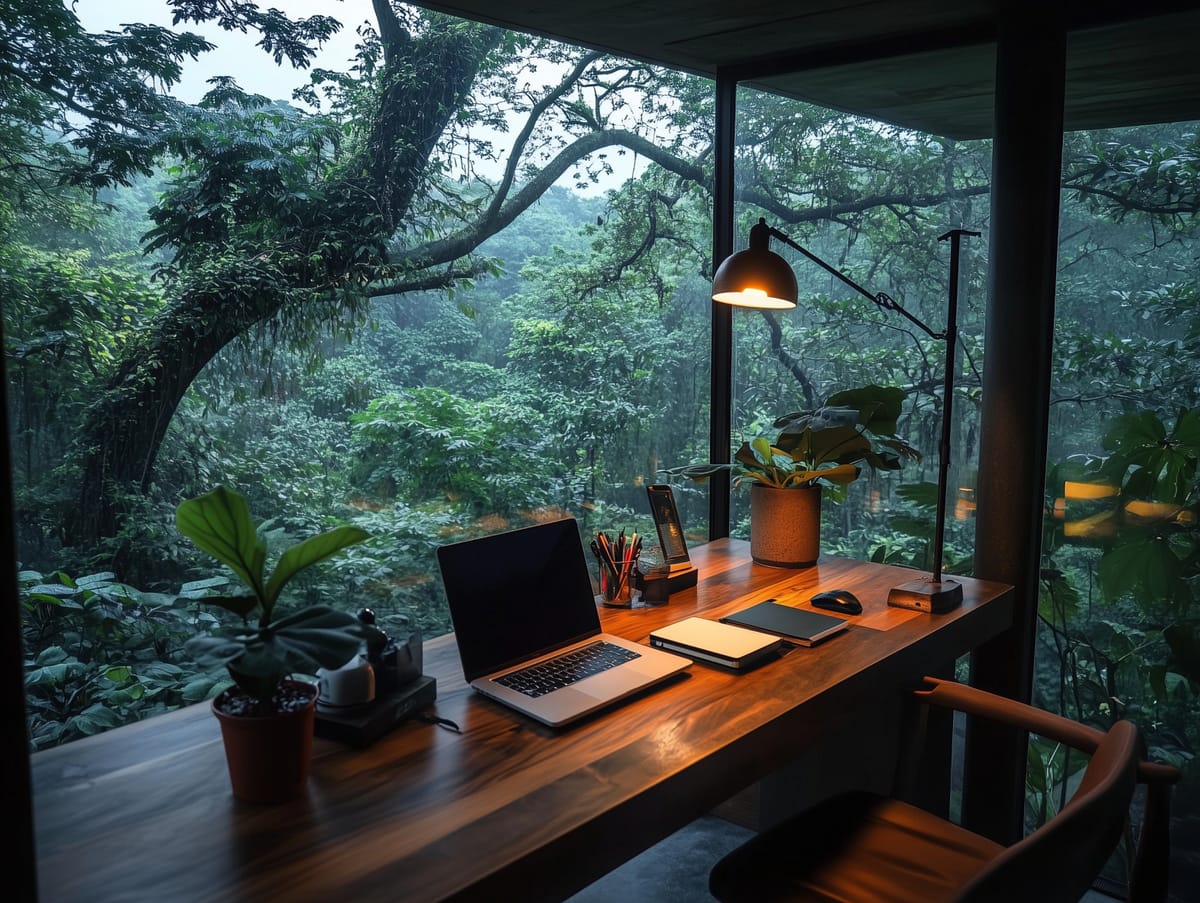
We all know that changing ourselves begins within—but what if the secret to unlocking creative potential lies outside of us?
As creatives, we often focus on transforming our skills, techniques, and mindset to improve our work. But there’s a powerful catalyst for change that we frequently overlook: our environment. The spaces we inhabit, both physical and digital, play a crucial role in shaping our creative output and professional growth.
Let’s dive into why and how transforming your environment can lead to profound personal and creative transformations.
The Invisible Influence of Our Surroundings
We tend to underestimate just how much our environment affects us.
Think about it: have you ever noticed how your mood shifts when you step into a beautifully designed space? Or how a cluttered desk seems to clutter your mind? Our surroundings are constantly sending us subtle cues that influence our behaviour, emotions, and thought patterns.
For freelancers and creatives, this environmental influence can be even more pronounced. Many of us work from home or have the flexibility to choose our workspaces. This gives us both the responsibility and the opportunity to craft environments that nurture our creativity and productivity.
Breaking the Cycle of Stagnation
It’s easy to fall into routines and habits, especially when we’re comfortable. But comfort can be the enemy of growth.
When we’re surrounded by the same stimuli day after day, our brains stop engaging as actively with our environment. We enter a state of autopilot, and our creative thinking can suffer as a result.
Transforming your environment disrupts this cycle. It forces your brain to wake up and take notice. New surroundings—or even small changes to familiar spaces—can spark fresh ideas and perspectives.
The Psychology of Space and Creativity
Research in environmental psychology has shown that our physical surroundings can significantly impact our cognitive processes. Here are a few key findings:
- Natural elements boost creativity: Studies have found that exposure to nature, or even images of nature, can enhance creative thinking.
- Colour affects mood and productivity: Different colours can evoke different emotional responses and impact our work output.
- Ambient noise can enhance abstract thinking: Moderate levels of ambient noise, like what you might find in a coffee shop, can improve performance on creative tasks.
- Ceiling height influences thinking style: Higher ceilings have been associated with more abstract and creative thinking, while lower ceilings may promote more focused, detail-orientated work.
Understanding these principles allows us to intentionally design our spaces to support the type of work we need to do.
Physical Space: How to Transform Your Creative Environment
Audit Your Current Space
Begin by taking a careful look around your workspace. What works? What's not? Pay attention to how you feel in various parts of your space. Is there anywhere where you feel more focused or creative?
Declutter and Simplify
A cluttered space leads to a cluttered mind. Go through your physical spaces and ruthlessly eliminate anything that doesn’t serve your creative process. This might mean donating old art supplies or archiving projects that no longer inspire you.
Bring in Nature
Even if you can’t work outside, bring elements of nature into your space. Add some plants, use natural materials like wood or stone, or position your desk near a window with a view of greenery.
Play with Light
Lighting can dramatically affect mood and productivity. Experiment with different types of lighting—natural light, warm ambient light, focused task lighting—to find what works best for different types of work.
Create Zones for Different Tasks
If possible, designate different areas for different types of work. You might have a “deep focus” zone for intensive tasks, a “brainstorming” area for ideation, and a “relaxation” space for breaks.
Incorporate Inspiration
Surround yourself with things that inspire you. This could be artwork, quotes, or objects related to your current projects. Rotate these regularly to keep your space fresh and stimulating.
Experiment with Flexibility
Our needs change from day to day and project to project. Consider incorporating flexibility into your space, like movable furniture or adjustable lighting.
Digital Space: How to Transform Your Online Environment
In our always-online world, our digital environments are just as important as our physical ones. The apps we use, the websites we frequent, and the digital clutter we accumulate all impact our creative process.
Curate Your Digital Space
How often do you find yourself mindlessly scrolling through social media when you should be working on a project? Or how many times have you lost focus because of constant notification pings? Transforming your digital environment can be just as powerful as revamping your physical space.
Some ways to do this include:
- Curating your social media feeds to inspire rather than distract
- Setting up a separate user account on your computer for work
- Using apps that block distracting websites during work hours
- Creating a system for organising digital files and resources
The Ripple Effect of Environmental Change
When you transform your environment, you’re not just changing your surroundings—you’re changing yourself.
New Environment, New You
A new environment demands new behaviours and thought patterns. It challenges old habits and assumptions.
For example, setting up a dedicated “no-phone” zone in your workspace might initially feel uncomfortable. But over time, it can lead to improved focus and creativity. Similarly, reorganising your digital files might seem like a chore at first, but it can result in a more efficient workflow and reduced stress.
The Profound Impact of Small Changes
These small changes can have a significant effect on both your creative output and professional growth.
They can lead to:
- Increased productivity and focus
- Enhanced creativity and problem-solving skills
- Improved mood and reduced stress
- Greater satisfaction with your work
- A stronger sense of professional identity
Embracing Continuous Evolution
The beauty of environmental transformation is that it’s not a one-time event.
Our needs and goals are constantly evolving, and our environments should evolve with them. Make it a habit to regularly assess and adjust your surroundings.
This ongoing process of environmental refinement becomes a form of self-reflection and growth. Each change you make to your space is an opportunity to align your surroundings more closely with your creative vision and professional aspirations.
Conclusion: Your Environment, Your Canvas
As creatives, we’re used to transforming blank canvases into works of art.
It’s time to apply that same creative vision to our own environments. Your workspace—both physical and digital—is more than just a backdrop for your work. It’s an extension of your creative self, a tool for growth, and a canvas for continuous improvement.
So, take a look around you. What story is your current environment telling? And more importantly, what story do you want it to tell?
By intentionally crafting your surroundings, you’re not just changing your space; you’re unlocking new realms of creative potential and paving the way for profound personal and professional transformation.
Remember, every great design starts with a vision. Now is the time to envision and create the perfect environment for your creative journey. Your future self will thank you for it.
